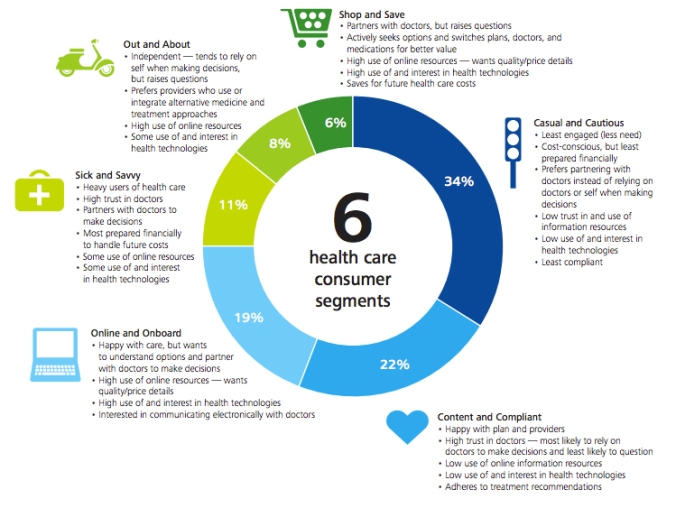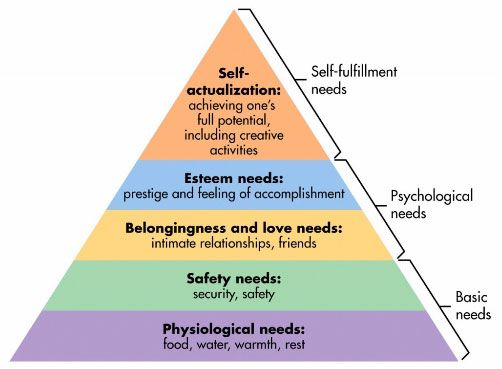Janelle Jakowenko, 98707437
Without the consumer what would any of us have – no business – no hospital – no university. It’s no surprise that the first of the 5 C’s in the Marketing Framework is “consumer”. However there is one industry that is very different: Health. The consumer mostly exists on an involuntary basis, they did not choose to break a leg or to suffer a stroke. Along with public education, it can be freely obtained. Theory in consumer behaviour such as the purchase process; pre-purchase, purchase, post-purchase is based on voluntary (maybe subconscious) interest to engage with a product or service.

This table (put together by the author) demonstrates the limited choice afforded to the health consumers. Choice is available for those who are uncomplicated, have access to public alternatives and mostly people who can afford it, by paying gaps in fees between the Medicare rebate and GPs or choosing a private specialist over a public outpatients clinic.
This info-graphic from Deloittes articulates the six main groups of health consumers.

So how can health care providers meet the needs of the various communities of consumers they service? The National Safety and Quality in Health Care Standards mandate consumer involvement at every level. But this hardly seems to transpire to what’s real, at the coal face, for patients who are receiving (or better phrased; engaged in) care.
Applying Marketing Theory to Health Consumer Behaviour
Health consumers are:
- Increasing in numbers due to a growing and aging population
- Increasing in complexity as treatment becomes more sophisticated and patients are living longer
- Increasing expectations on treatment management and outcomes
- Becoming smarter with access to google docs
Maslows hierarchy of need can be applied to both health consumers and health employees. While employees need to feel secure, needed and appreciated, consumers need to feel secure, heard and empowered.

The most under utilised resource in health care is the patient. Healthcare is 70-80% to do with how we take care of ourselves [BTW – this link goes to a Ted Talk that is well worth 15 minutes of your time]. Patient is not a word that should be used in the 3rd person. Patients should have access to their data. Interactive, Apps like Google body, FitBit, Apple Health are just the beginning, they need to be predictive based on you – your data and your health history. Apps can not be completely useful until they are populated with the full-picture of ourselves.
Governments, hospitals and general practice have a responsibility to take the following steps:
- Give consumers all of their information; data, reports, images, results
- Understand the consumers goal of care: not what the doctor thinks the outcomes should be
- Proactively increase the health literacy of consumers
Success will be measured by:
- Increased understanding and engagement of consumers in their own health
- Increased health staff satisfaction and retention rates
- Increased health literacy of consumers (measured through the use of tools and testing)
In conclusion…
The health care systems biggest asset is the patient – the consumer. Empowering health consumer, but giving them control and choice will bring better health outcomes, improved health staff job satisfaction and a savings for the health system. While not all orientated marketing theories apply to the health consumer, Maslows certainly does, and its time the health industry took notice. The final word on health consumer engagement is brought to you by Janne, courtesy of Consumer Health Forum Australia.
Great blog Janelle. A nice take on the patient/health consumer: hospital dynamic. Patient centred care anyone?
LikeLiked by 1 person